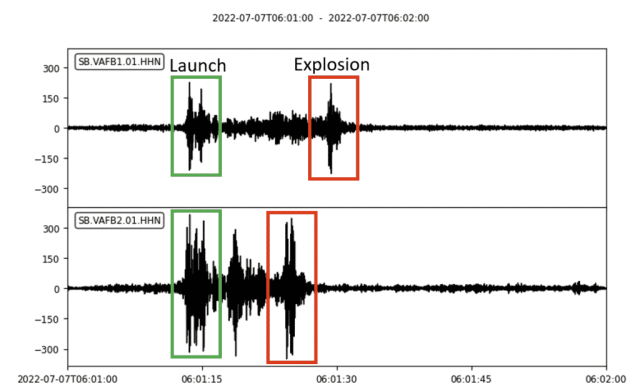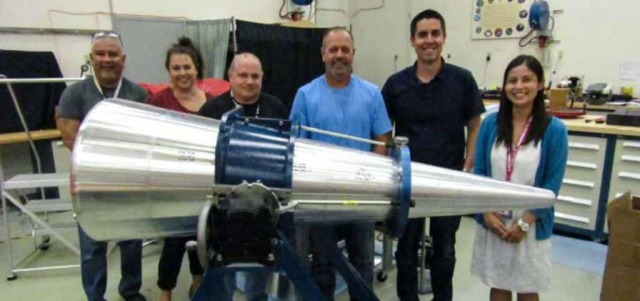The Minotaur II+ military launch vehicle was supposed to deliver a prototype of the head of the LGM-35 Sentinel intercontinental ballistic missile to near-Earth space. But something went wrong, and the launch turned into an explosion a few seconds after the start of the first stage engines.
According to a brief message from the press service of the Vandenberg Space Force Base (Vandenberg Space Force Base, also known as the Vandenberg Cosmodrome), the Minotaur II+ rocket exploded about 11 seconds after detaching from the Test Pad-01 launch pad. The incident occurred on July 6, at 23:01 Pacific Summer time (09:01 Thursday, July 7, Moscow time), there were no casualties and no serious damage, all the debris fell in the immediate vicinity of the launch pad. The investigation of the accident will last for some time, but its causes may not become public — the carrier is exclusively military.
In addition to the official reports, there is additional information that enthusiasts and journalists managed to collect from indirect sources. So, the military portal of the online editionThe Drive writes that the IRIS EPO seismic monitoring network recorded two events — the launch of the rocket and its explosion. The timestamps coincide with the press release of the Vandenberg base.

Seismograms of launch and explosion of the carrier according to IRIS EPO data
Image source: IRIS, Amelia Smith, Twitter
In addition, the NASA fire monitoring system registered a fire near the cosmodrome. Its extinguishing lasted until one o'clock in the morning. An interesting detail: the launch was originally planned for Thursday morning, but for unnamed reasons it was postponed a few hours earlier.
As far as is known, the payload of the Minotaur II+ was a prototype of the Mk21A head unit. This is an advanced individual guidance unit for W87 nuclear charges and a similar standard size. Previous versions were installed on the LGM-118A Peacekeeper and LGM-30G Minuteman III intercontinental ballistic missiles.

One of the few photos of the prototype of the improved Mk21 head unit
Image Source: Sandia National Laboratories
The upgraded head is intended for the LGM-35 Sentinel advanced ICBM. Its development is in full swing, and its commissioning is planned closer to 2029. It is not yet known how much the unsuccessful test of the head part will affect this program. Most likely, there will be no serious delays, since the problems clearly arose on the side of the carrier, and not the prototype itself.
The Minotaur II+ rocket, like the entire Minotaur family (with the exception of version C and its "relative" Pegasus), is exclusively a military carrier, which is a "constructor" of solid—fuel ICBM stages Minuteman and Peacekeeper. They are used for various tests and the removal of small payloads.
Until this week, Minotaur II has successfully flown eight times with suborbital technology demonstrators or targets for testing missile defense systems. The incident last Wednesday is the first failure for the second rocket of the family and the fourth for all the "Minotaurs".

